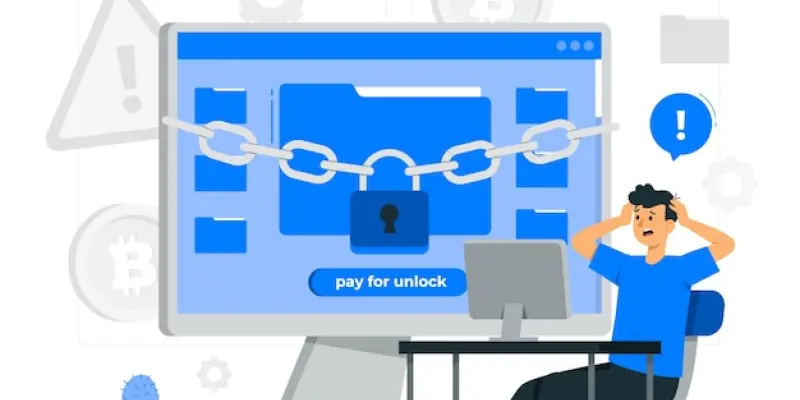In the fast-evolving landscape of cybersecurity threats, a new wave of cyber attacks has emerged, exploiting critical vulnerabilities in Cisco Smart Licensing Utility. Specifically, two newly disclosed issues—CVE-2024-20439 and CVE-2024-20440—carry a severe CVSS score of 9.8, underscoring the high risk they pose. The first flaw involves an undocumented static user credential for an administrative account, granting unauthorized access. This enables attackers to potentially take complete control of the affected systems. The second issue pertains to excessively verbose debug log files, which can be accessed via crafted HTTP requests. This allows attackers to gather sensitive API credentials, opening the door to further exploitative actions.
Overview of the Vulnerabilities
These vulnerabilities specifically impact Cisco Smart Licensing Utility versions 2.0.0, 2.1.0, and 2.2.0. Patches were released in version 2.3.0 in September of this year. However, since March, there have been active exploitation attempts by threat actors. The relentless effort by these attackers to capitalize on these vulnerabilities, despite the availability of patches, highlights a significant challenge in cybersecurity defense. Another related vulnerability (CVE-2024-0305), which has a CVSS score of 5.3, affects Guangzhou Yingke Electronic Technology Ncast. Although its severity is lower, it remains a concern due to the comprehensive nature of the attacks.
The trend underscores the pressing need for organizations to stay vigilant about applying patches and updating their systems. This is vital for mitigating breaches and protecting sensitive information. The identities and motives of the threat actors behind these attacks remain unknown. Nonetheless, the urgency of addressing these security flaws cannot be overstated, and prompt action is imperative to safeguard against potential breaches.
Need for Immediate Security Measures
Organizations must prioritize updating to Cisco Smart Licensing Utility version 2.3.0 to mitigate the risks from CVE-2024-20439 and CVE-2024-20440. The systematic application of patches is one of the most effective defensive measures against known vulnerabilities. Despite the continuous discovery of new security issues, timely updates significantly reduce the attack surface. The inclusion of advanced threat detection mechanisms within cybersecurity protocols can also play a crucial role in early identification and response to potential threats, thereby minimizing the impact.
Furthermore, maintaining an adaptive stance towards evolving security threats is essential. Robust cybersecurity strategies often include regular system audits, user training programs to recognize phishing attempts, and advanced monitoring tools that detect unusual activities. As attackers are adept at exploiting unpatched systems, the emphasis on immediate and routine updates to mitigate known vulnerabilities cannot be understated.
Organizations should also consider employing automated update systems to ensure that patches are applied consistently and without delay. By doing so, they can enhance their resilience against a plethora of cyber threats and significantly improve their overall security posture.
Looking Ahead: Proactive Defense Strategies
In the rapidly changing field of cybersecurity, a new series of cyber attacks is taking advantage of significant flaws in Cisco Smart Licensing Utility. Recently, two critical issues—CVE-2024-20439 and CVE-2024-20440—were revealed, both carrying a severe Common Vulnerability Scoring System (CVSS) score of 9.8. This highlights the substantial danger they present. The first vulnerability involves the presence of an undocumented static user credential for an administrative account, which grants unauthorized access. This flaw enables attackers to gain full control of the compromised systems. The second vulnerability concerns overly verbose debug log files that can be accessed through crafted HTTP requests. This access allows attackers to capture sensitive API credentials, leading to further exploitation of the system. As the threat landscape continues to evolve at a rapid pace, addressing these vulnerabilities is crucial in reinforcing the defenses against such high-risk attacks.

